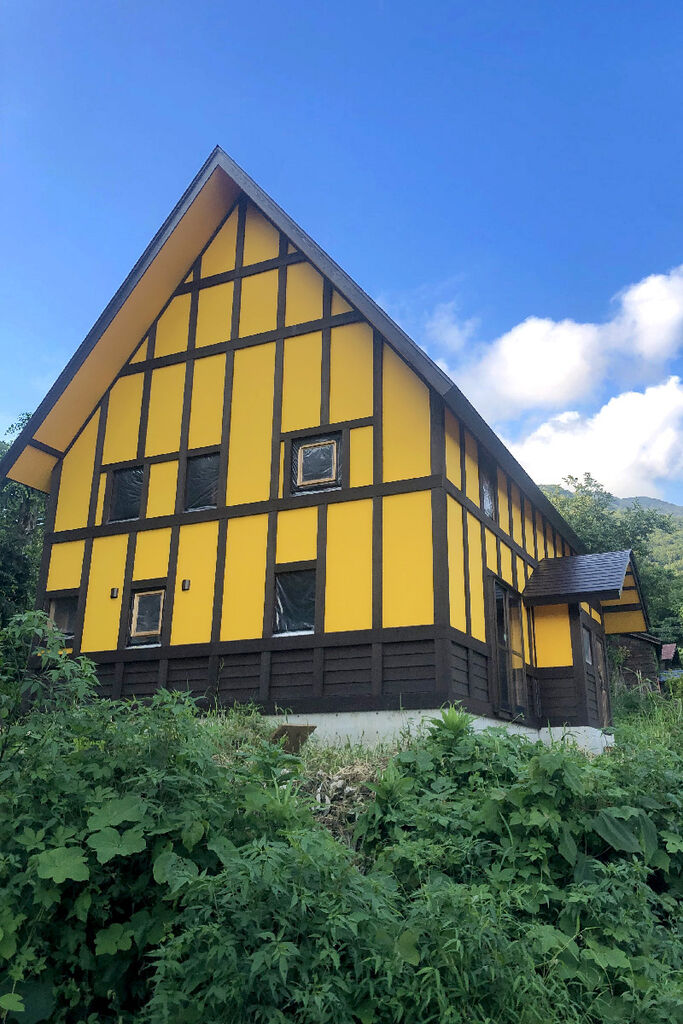Karl Bengs & Associates, LTD
Karl Bengs House “Mitsuiya” for Sale in Matsudai

Total Property Price: 60,630,000 yen on a negotioation basis (Furniture is optional)
Land: 256.85 m²
NHK documentary program: Karl and Tina
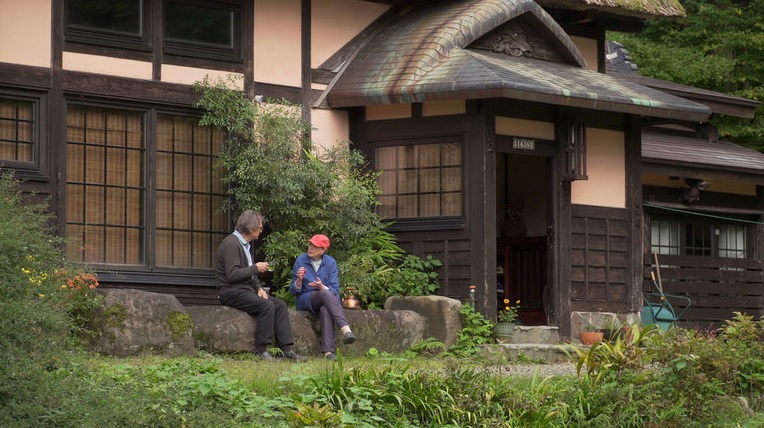
NHK World – Japan YouTube Karl and Tina: Season’s Greetings from a Wintry Village
Kominka Revival
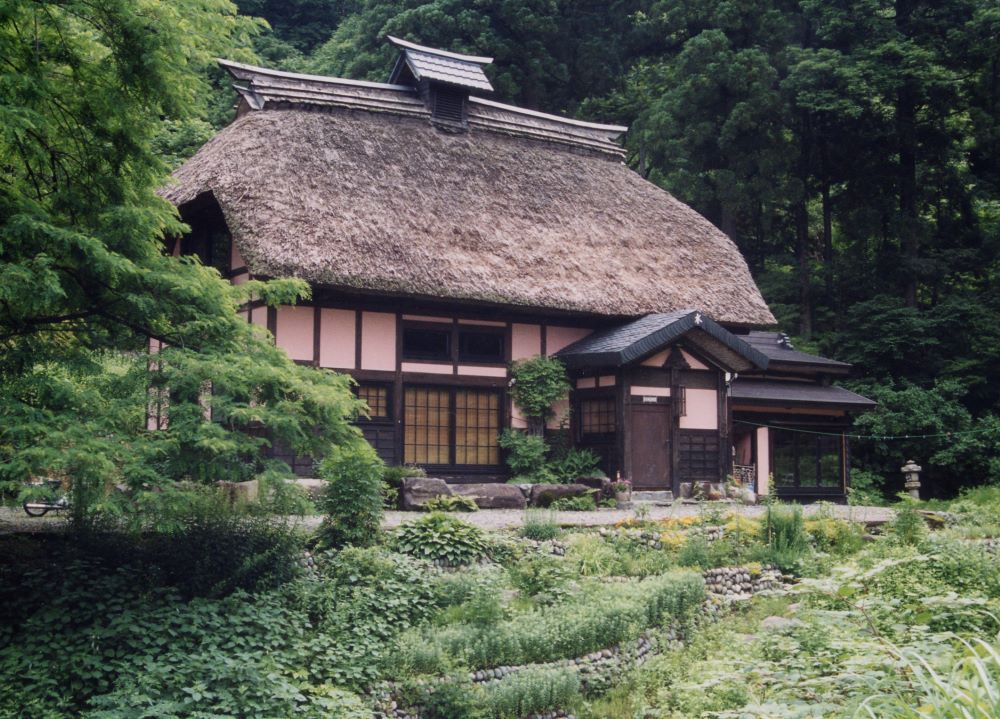
Prologue
First, I’d like to thank you for your interest in the preservation and revival of old, traditional buildings. I hope to reach those who wish to cherish architectural details and quality. Furthermore, I would like you to pursue the challenges of meeting the technical and functional living requirements without obstructing either the building’s façade or the original architect’s intentions.

World War II brought forth irreparable damage to historical buildings in many countries including Japan. And today, new buildings which have been built within the last 30 years are creating just as much damage. Social structures diminish when a city’s redevelopment plans destroy the region’s unique build- ings. The term “new” is defined as valuable, and “old” is defined as worth- less. Simultaneously, the tradition and craft regarding kominka are getting lost. Quantity is chosen over quality. Only recently, humanity’s way of thinking has started to change, and people have started to regain awareness of the value and fascination of kominka and the aura it creates. People started to realize the multiplicity and richness of the concepts as well as its uniqueness.
How To Revive Kominka Japanese Old Farm House
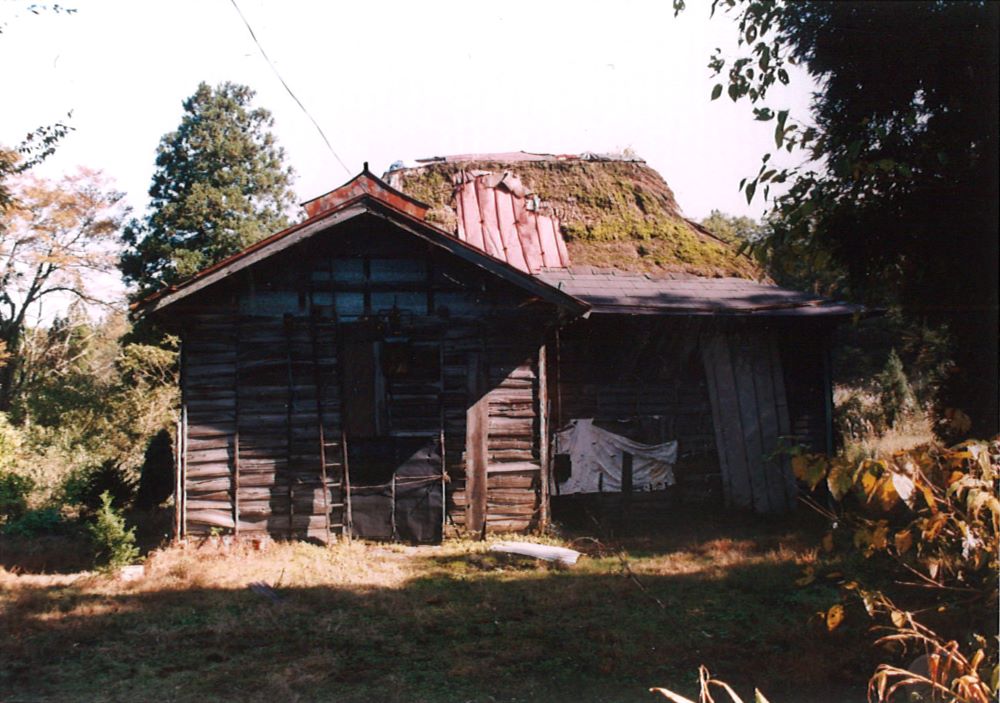
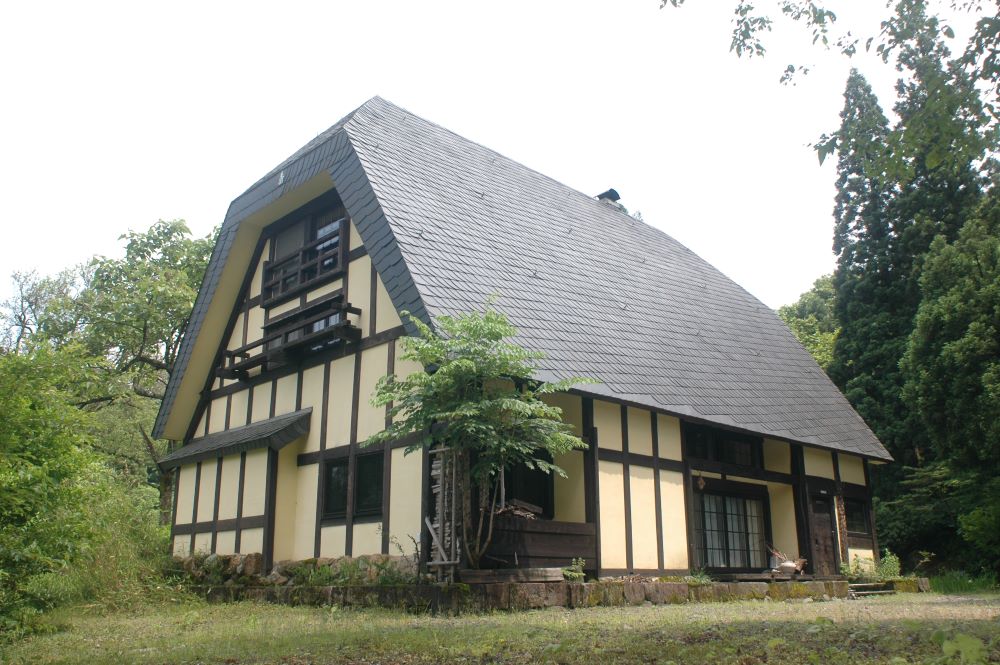
Many architects and craftsmen today lack the knowledge regarding kominka revival. Hence they are not capable of incorporating the idea into their work. Many clients also have difficulty think- ing outside the modern models of archi- tectural design. Kominka revival utilizes a different method from modern archi- tecture, and it is important to rediscover that method. With the appropriate ex- perience, we can meet the demands of modern life while preserving valuable buildings. Assets of old building mate- rials can be conveyed; skills to process the materials can be recollected; the handmade impression of the buildings can be preserved. Clients should realize that protecting and reviving architecture is a worthwhile issue to consider.
The necessities in working with kominka include listening with the heart and taking into consideration the original builder’s intentions. Here, it is not im- portant to leave your mark. In a situ- ation where preserving history is impor- tant, personal ambitions will cause the building to lose its original character- istics. Simultaneously, it denies the com- petence of the skillful workers who originally built it. It also misconceives the role entrusted in us when working on the kominka. The value of kominka— its outer appearance, the architectural techniques used, and its physical quality —should be appreciated much more than the various architecture created after the Second World War. Modern architects’ skills, experience, and way of thinking is not always better than those of the past.
As more new buildings are produced, there is a rising tide of disposable goods. In the modern world of architecture, old things have lower value and new things are better. On the other hand, I believe that the unity of detail and entirety is more valuable, and the unity of materi- als with shapes and colors is more im- portant. We must consider the entire picture as we evaluate each section of the building. The modern generations need to see the visions and intentions of the architects of the past.
Saving Energy
In Japan, more than half of the year is spent supplying energy into buildings in order to provide comfortable living. Most energy resources are nonrenewable resources such as oil, gas and coal. And the ever-increasing heating and cooling expenses have become a large issue. Even in kominka revival, we are urged to incorporate the skills and technology to minimize cost and maximize energy savings. We are required to thoroughly review which equipments are absolutely necessary.
Karl Bengs – Architectural Designer
Born in Berlin, he was inspired by his father who worked on frescos and furniture.
In 1966, he traveled to Japan to study judo and karate at Nihon University. Inspired by architect Bruno Taut, Bengs was especially fond of the traditional homes of Japan and began importing old Japanese housing parts to Germany in order to “revive” them.
In 1993, he visited Takedokoro in Tokamachi and purchased an old thatched minka. He revived the building and established it as his permanent residence, Sokaku-an.
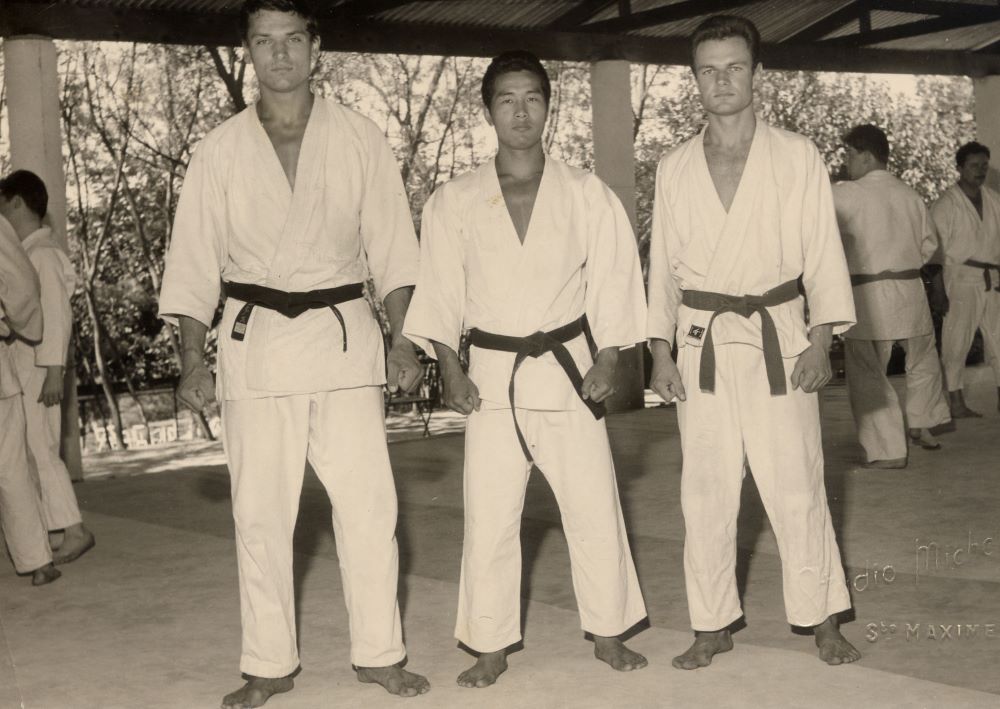
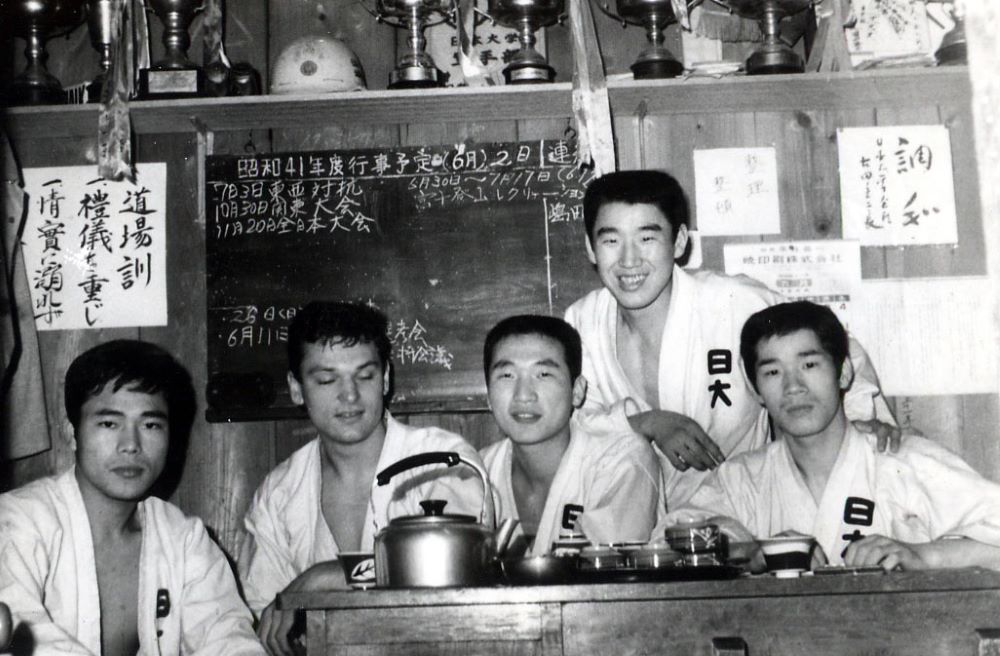

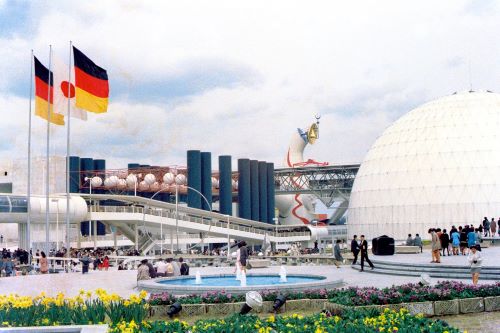
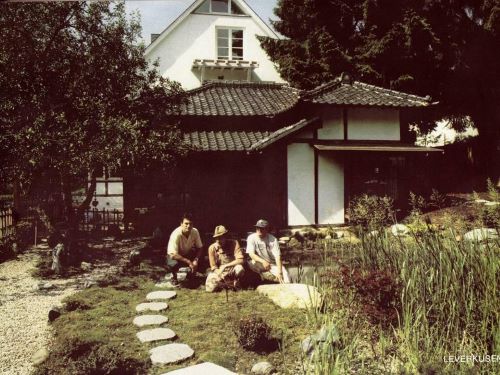

Karl Bengs House For Sale
Contact Information
Karl Bengs & Associates, Ltd
tel 025 594 7882
contact@karl-bengs.jp
〒942-1526
Matsudai 2074-1, Tokamachi, Niigata, Japan
Matsudai Karl Bengs House
(Architectural Design Office & Kominka Cafe)

